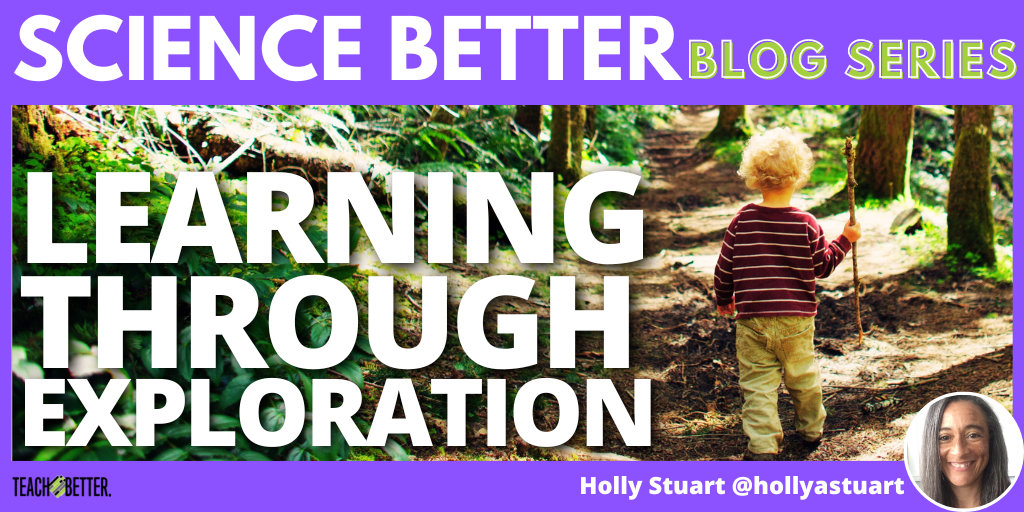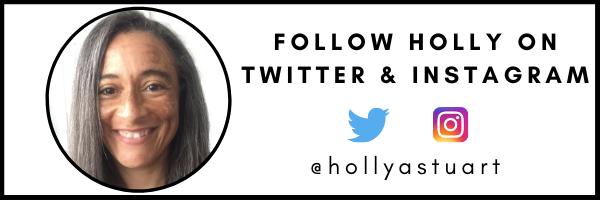TL;DR:
- Exploration taps into a student’s natural curiosity.
- It provides a way to use the content vocabulary authentically.
- Exploration encourages sharing and further discovery.
- It’s a great way to intentionally structure your instruction for your students.
Beginning of the Year
It is the beginning of the school year and students are returning to classrooms full of hope, excitement, and nervousness. The beginning of the school year is also when teachers are ready to try new strategies to engage their students with their content. Relationships are being built that will last beyond the school year. A great way to both get to know your students and get them excited about the content is to try exploration stations.
I created what I called “Exploration Stations.” I set trays at each lab station and on the trays, I would place objects related to the content we were going to start learning about. Click To TweetInvoke Their Curiosity
When I would begin introducing my content, after spending a couple of weeks building relationships, I created what I called “Exploration Stations.” I set trays at each lab station and on the trays, I would place objects related to the content we were going to start learning about. I didn’t tell my students how to interact with the objects. I just gave them instructions to explore, discover, and reflect on how they think it all relates to the content.
For example, at the start of our Waves unit, I gave students slinkies, pen lights, prisms, color filters, magnifiers, and tuning forks. There was enough variety for them to wonder how they were all connected, but interesting enough that they were willing to have fun with the exploration activity.
Listen to Their Vocabulary
As I went from group to group, I would listen to the words that they were using to describe the phenomenon they were observing. If they were using the words incorrectly I would ask them to explain to me in different words what they were seeing and then say something like, “Oh, so you were watching the light beam refract as it went through the prism! How cool that you created a rainbow by doing that!” This was a non-threatening way to introduce the correct vocabulary and it didn’t make my students feel like they were being told they were wrong. It even encouraged them to keep exploring new things!
Encourage Sharing Discoveries
As the time allotted for this activity started wrapping up, I would have students share their findings with the class. If no one felt comfortable opening up and sharing, I would lead the conversation by pointing out things they had discovered. This was usually enough to get different groups to also contribute their findings. At this point, one of two things would happen. Groups would share that they had seen the same phenomenon. Or students would say, “We didn’t see that! How did you do it? That looks cool, we want to do it too!”
[scroll down to keep reading]
Inform Your Instruction
One of the most powerful parts of learning through exploration is the ability you have to better inform your instruction throughout the unit. You will have given experiences that you can draw on for the rest of the year. Any misunderstandings that your students have going into the unit can be intentionally addressed because you have seen them on day one. You will also have a good idea of how your students like to learn—did they jump in, did they sit back and observe, did they experiment with the materials, did they use the materials in unconventional ways? All these answers will help you tailor your lessons to meet your students where they are so that they can achieve (and maybe even surpass?!) their learning goals.
So teachers, as you look at developing your first unit, consider using exploration stations. What materials can you safely place in front of your students to get them engaged, excited, and actively learning about the content on day one? Look around your classrooms and your storage closets. Ask the other teachers in your building. Get creative and start exploring!
Please be sure to tag me on Twitter (@hollyastuart) with your ideas, reflections, and questions. I would love to see your exploration station materials! And by sharing, you just might be the one to help another teacher come up with a great experience for their students! Let’s all work together to Science Better!
About Holly Stuart
Holly Stuart is the Education Specialist for Foldscope Instruments and former 8th grade science and design teacher in South Carolina. Her passions include finding new and innovative ways to provide access to scientific tools to students everywhere because she knows that when students have access to the wonders of science, they can discover new scientific concepts through inquiry, and learn science by doing science.
In addition to her out-of-the-box approach to teaching science, Holly successfully implemented The Grid Method into her teaching practice and is currently a Teach Better Team Mentor Ambassador.
Holly is married to her high school sweetheart and is a mother to three children. When not working, she enjoys traveling and being outside with her family. Some of their favorite outdoor activities include hiking, running, biking, and gardening. (Holly often brings her telescope, binoculars, and microscopes with her on hikes!) Her indoor hobbies include reading, writing, and learning more about sketchnoting and drawing.




